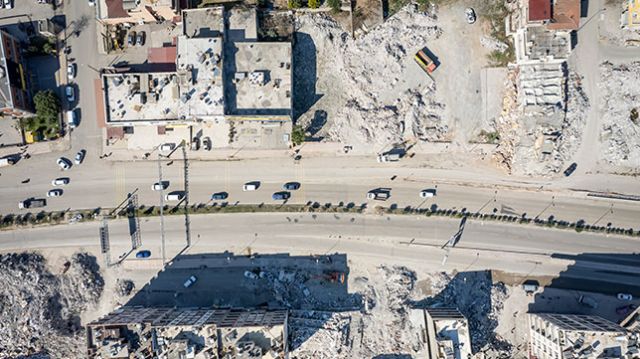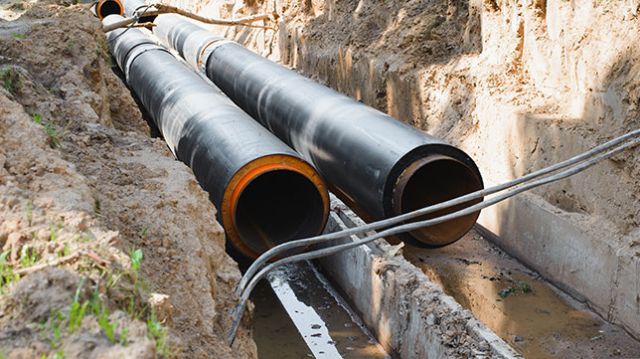The Plan
Why Meta Resilience

There is a need to enhance resilience againsts multiple objectives by means of reliable tools and metrics
Resilience needs to be quantified to be improved
Our methodology is based on a bottom-up inclusion of all major contingents and stakeholders organized in bespoke metrics, models, tools and software.
Resilient Networks
Infrastructure, business and community networks constitute vital components of prosperity in modern, densely populated societies by facilitating the mobility of people and goods, the delivery of services and the well being of individuals. Their smooth and undisruptive operation is crucial for ensuring sustainability after extreme natural and man-made disasters, climate change and public health emergencies that can cause enormous direct and indirect losses to the affected areas. Direct loss is related to the repair of the damaged components, if one for the sake of quantification, neglects the priceless loss of human life, while indirect loss refers to the reduced functionality of the business and civil infrastructure along with the subsequent disturbance to social life, services interruption and environmental implications. Key in assessing the overall loss at social, stakeholder or individual agent level is the concept of resilience that expresses their ability to withstand and adapt to a shock, while being able to recover back to normality quickly.
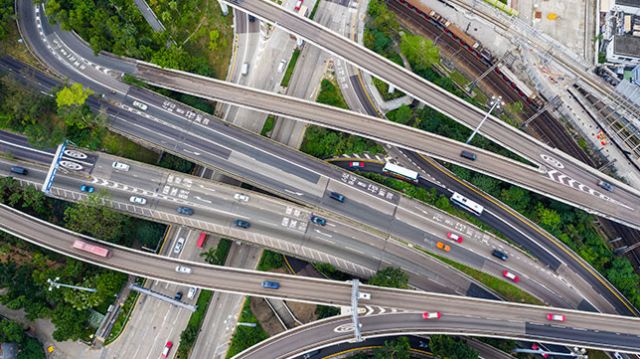

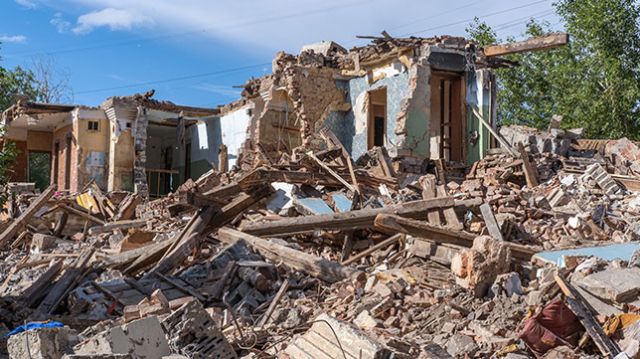
Complexity Challenges
Because we live in an uncertain and rapidly changing world, man-made and hazard-induced direct and indirect loss is assessed probabilistically. However, the complexity and interdependency of human, business and engineering systems is so high that it often overwhelms society as well as industry, resulting in the over-simplification of problems and “common-sense” solutions. Because of lack of time to adapt to new knowledge, end-users prefer to exclude experts only to reduce confusion. This is highly problematic, and we regularly see that solutions are easy to communicate but unreliable to apply. On the other hand, academic research at is focused on unravelling the actual complexity of the problem to find solutions that are holistic, robust and transparent, however, they are commonly seen as only ”too complicated”.
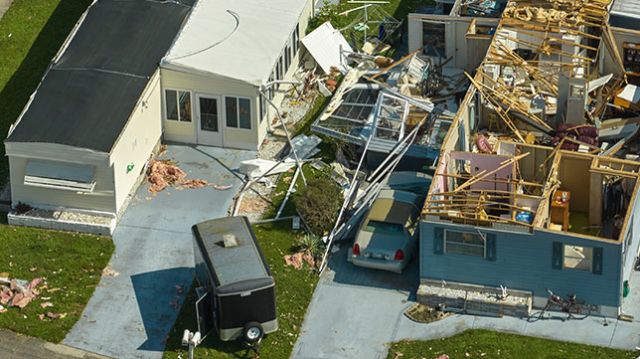

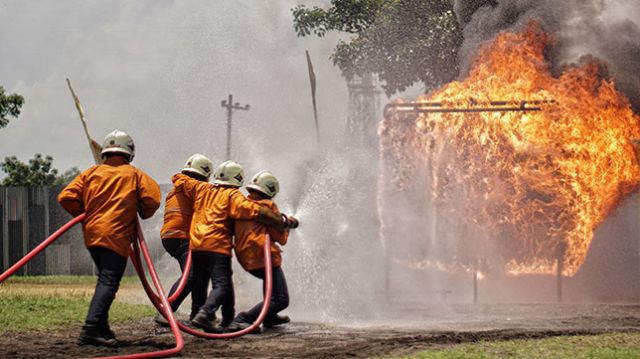
Multi-Objective Solutions
A second major challenge when working with a wide range of industries and non-academic stakeholders is that they tend to focus on a single-objective solution even though there are multiple objectives that need to be met and multiple hazards to be addressed. Reality is though, that an engineering system (e.g. a highway or pipeline network, a portfolio of bridges) or an organization comprising building assets, people and equipment is simultaneously exposed to different hazards that can often be mitigated by contradicting prepardness and recovery measures. Therefore, there is a need to enhance resilience againsts multiple objectives by means of reliable tools and metrics.
